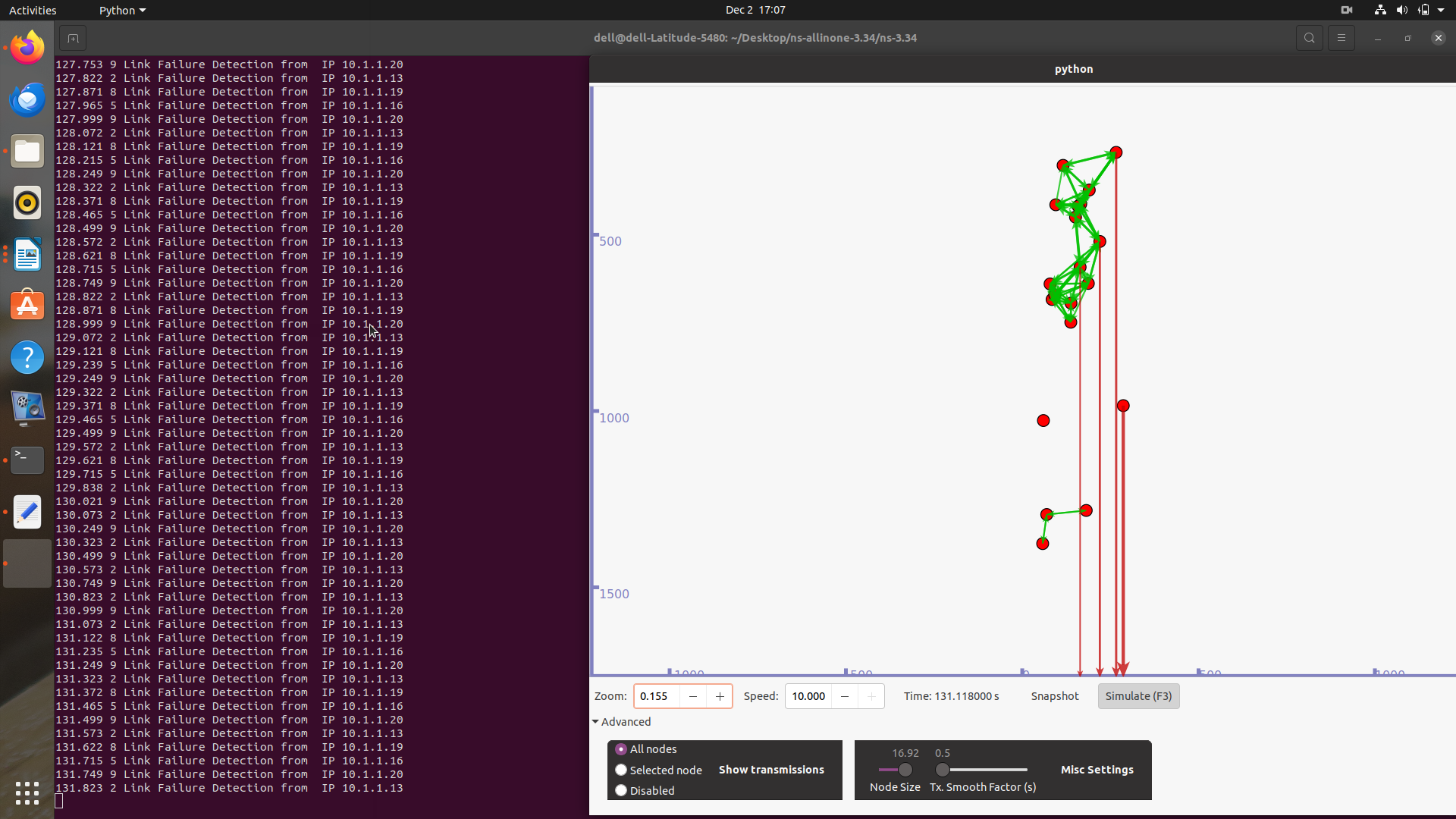Ns3 Projects
AI in Link Failure Detection and Response using ns-3
Integration of AI in Link Failure Detection and Response using ns-3
The integration of Artificial Intelligence (AI) in link failure detection and response is a significant advancement in network infrastructure. By combining the power of AI algorithms with the simulation capabilities of ns-3, network administrators can enhance the efficiency and effectiveness of their link failure detection and response mechanisms. This approach is commonly referred to as AI in Link Failure Detection and Response using ns-3 projects.
We will explore how AI in Link Failure Detection and Response using ns-3 projects highlights the benefits and challenges of this approach. ns-3 is a widely used network simulator that provides a realistic simulation environment for network research and development.
It allows network administrators to create and analyze various network topologies and scenarios. In the context of link failure detection, ns-3 can be used to simulate network links and monitor their status. By monitoring link parameters such as latency, packet loss, and throughput, ns-3 can provide valuable insights into the health and performance of network links.
Integration with AI: The integration of AI in Link Failure Detection and Response using ns-3 with intelligent decision-making capabilities allows administrators to detect issues before they escalate. AI algorithms can analyze the vast amount of data generated by ns-3 simulations and identify patterns and anomalies that may indicate link failures. This integration enables real-time monitoring and early detection of link failures, reducing the impact on network performance and minimizing downtime.
Detection Mechanisms: One common approach is the use of machine learning algorithms, such as neural networks or decision trees, to analyze historical link data and identify patterns associated with link failures. These algorithms can then be trained to recognize similar patterns in real-time data, allowing for the early detection of potential link failures.

AI in Link Failure Detection and Response using ns-3 projects
Another approach is the use of anomaly detection algorithms, which can identify deviations from normal link behavior. By establishing a baseline of normal link performance, AI algorithms can flag any significant deviations as potential link failures. This approach is particularly useful in detecting previously unseen or novel link failure scenarios.
Response Mechanisms:
Once a link failure is detected, AI in Link Failure Detection and Response using ns-3 projects can help mitigate the impact on network performance. These response mechanisms can include dynamically rerouting traffic through alternative paths, adjusting network parameters to prioritize critical traffic, or even initiating automated repairs or maintenance actions.
Challenges and Considerations:
While the integration of AI in Link Failure Detection and Response using ns-3 projects brings numerous benefits, there are also challenges and considerations that need to be addressed. Ethical considerations regarding data privacy and security must be taken into account when implementing AI algorithms in network infrastructure. Additionally, the complexity and resource requirements of AI algorithms may pose challenges in real-time implementation.
Collaboration between network administrators, AI researchers, and cybersecurity experts is crucial to ensure effective integration and address these challenges. By leveraging the simulation capabilities of ns-3 and the intelligence of AI algorithms, network administrators can enhance their ability to detect and respond to link failures, minimizing downtime and optimizing network performance. However, it is essential to address ethical considerations and collaborate across disciplines to ensure the successful implementation of AI-driven cybersecurity techniques in network infrastructures.

